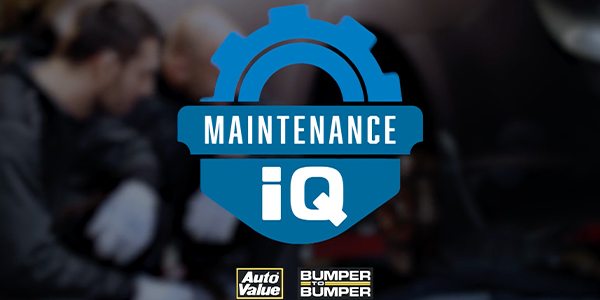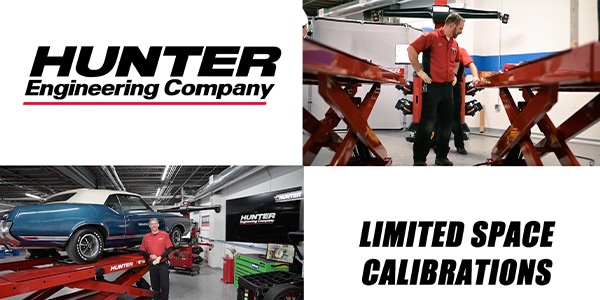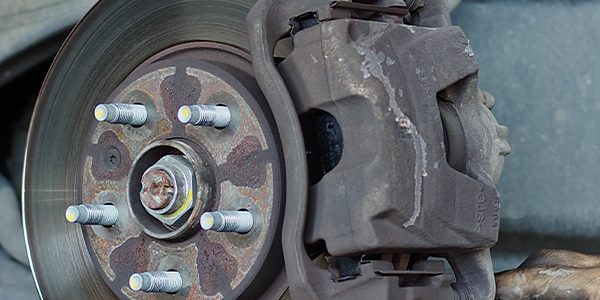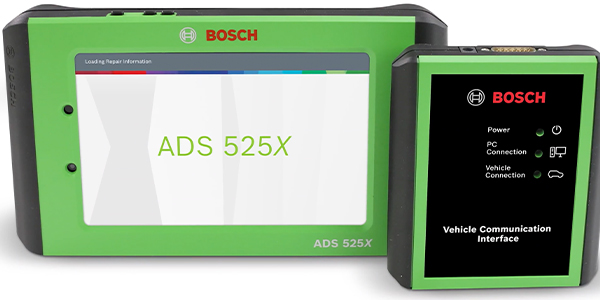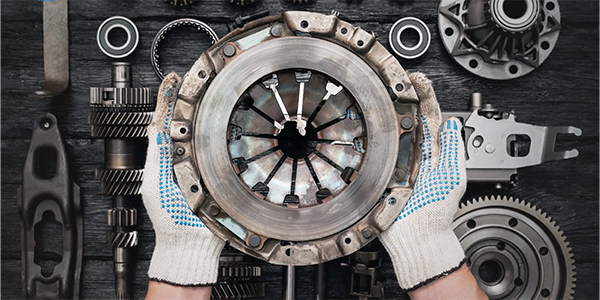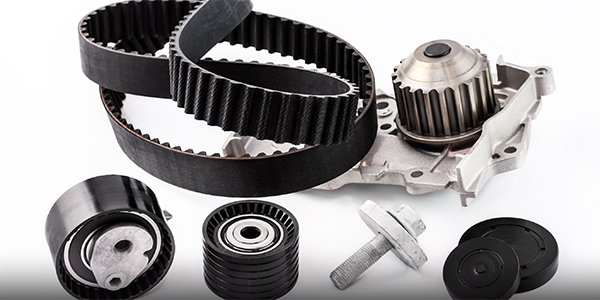Did you realize that drive belts do not stretch? Even if a belt has been under the hood of a vehicle for 100,000 miles or more, it will be approximately the same length as it was when it was new. This is because internally belts are made from the tough layers of polyester, aramids or other engineered materials that do not stretch. Sure, the grooves wear, but the belt does not stretch.
This is important to remember because when it comes to selecting a replacement belt, the new belt must match the length of the original belt for the tensioner, pulleys and other driven components to work properly.
If a belt is too short, it can increase belt tension. This increases sideloads on the idler pulley and components like the alternator and power steering pump. If the belt is too long, it could slip and wear out the belt prematurely.
Both conditions can also damage the tensioner. Why? because most tensioners have an upper and lower tension limit. Some tensioners will have a marking on the body and arm of the tensioner that indicate the limits. If a belt is too long or short, the markings will not line up properly. It is always a good idea to make sure the tensioner rests on the center marking to allow for proper movement.
This is why it is always a good idea to compare the old belt to the new belt before installation. If the belt does not match the original’s length, send it back.
Another best practice is to use the VIN to order the new belt. The VIN is the key that tells an electronic catalog, like MyContiParts.com, vital information like year, make, and model. The VIN can also tell the catalog the correct engine code. By using the VIN, you can error proof your belt ordering process.
There is no such thing as a “close enough” specification when it comes to belt length. The new belt must match the old belt’s length.
This video is sponsored by Continental.


